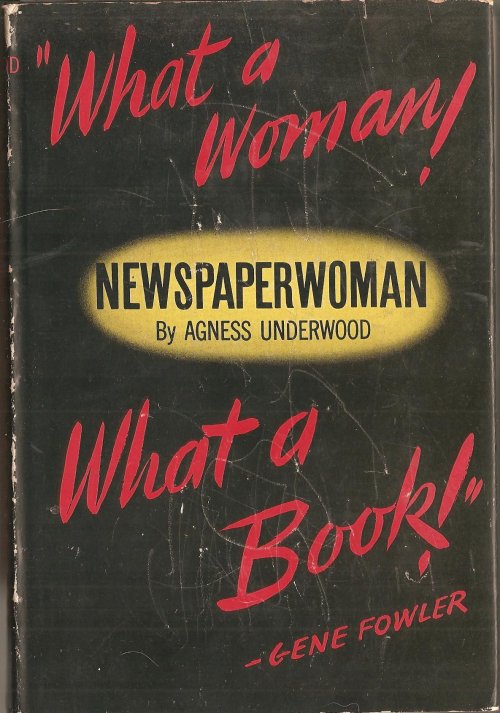Due to an audio glitch on February 9th, this webinar has been rescheduled to February 16, 2021 at 7 pm.
Please join me for one of the wackiest, and most deranged, love stories in L.A.’s history.
There is always some madness in love.
— Friedrich Nietzsche
On the evening of August 22, 1922, at about 10:30 pm, Fred Oesterreich and his wife Walburga, nicknamed Dolly, returned to their home at 858 North La Fayette Place after visiting friends in the Wilshire district.
The couple engaged in a bitter argument as they crossed the threshold of their home; however, it was not unusual for the heavy-drinking apron manufacturer and his wife to shout at each other. After over 25 years of marriage each was armed with a vast stockpile of grievances to hurl with deadly accuracy at the other.
Their evenings customarily ended when the combatants retired to their separate quarters to lick their wounds; but this night ended like no other before it. Moments after arriving home, Dolly found herself locked in her upstairs bedroom closet screaming for help. Fred lay dead in a pool of his own blood on the floor downstairs near the front door.
Publicly, the police attributed Fred’s murder to burglars. Privately, they were skeptical of Dolly’s account. With detectives unable to substantiate their suspicions with hard evidence—Fred’s case went cold.
In 1930, Fred’s killer came forward and revealed a bizarre tale of sex, murder, and attics.
Join me on Tuesday, February 16, 2021 at 7 p.m. Pacific time for a webinar about the strangest love affair in L.A.’s history.
If you can’t watch the live presentation, it will be recorded and available on demand via BigMarker.






